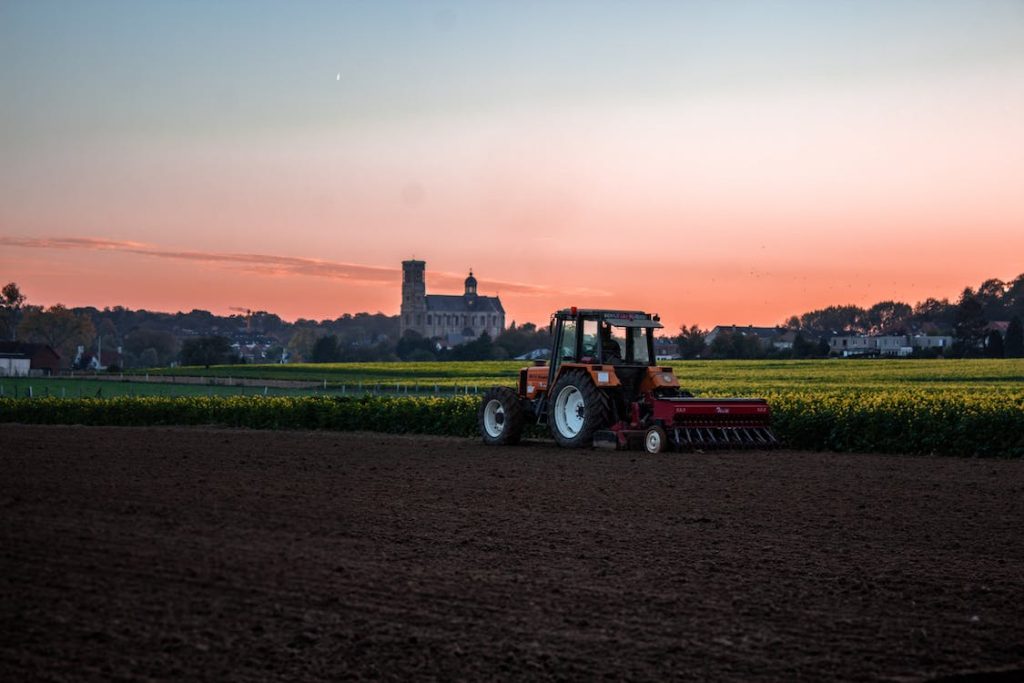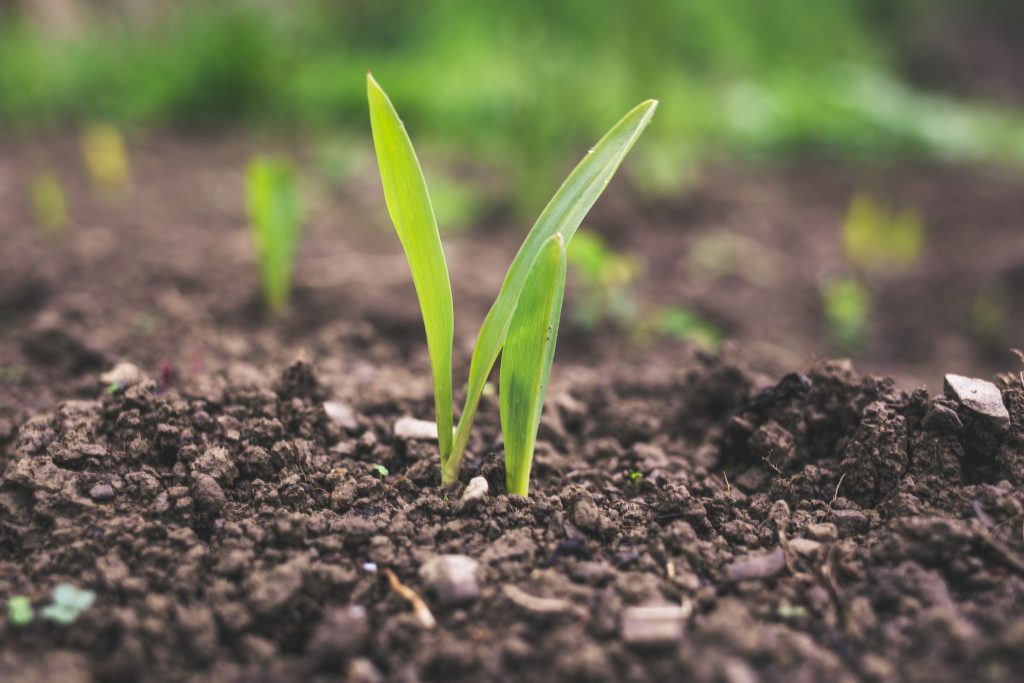In the world of agriculture, two contrasting methods have played pivotal roles in shaping food production systems: intensive and extensive farming. These approaches, while distinct in their strategies, have both contributed to meeting the ever-growing demands of a burgeoning global population.
Intensive farming revolves around maximizing output from limited land, employing meticulous techniques and technologies. On the other hand, extensive farming sprawls across vast landscapes, harnessing the natural environment to yield sustenance. As we journey into the intricacies of intensive and extensive farming, we will uncover their meanings, advantages, disadvantages, and the distinctive features that set them apart.
Intensive Farming
Intensive farming can be best described as a meticulous approach to agricultural production, where the aim is to obtain the highest yield from the available resources within a limited space. This method requires a significant input of labor, technology, and capital, as it involves closely monitoring and controlling various factors to optimize production. Intensive farming is often associated with high-density livestock production and the cultivation of high-value crops.
Examples of Intensive Farming
1. Greenhouse Cultivation: In greenhouses, crops are grown in controlled environments that allow precise regulation of factors such as temperature, humidity, and light. This enables year-round cultivation of crops that would otherwise be limited by seasonal changes.
2. Aquaculture: Fish and other aquatic organisms are raised in controlled aquatic environments, where water quality, feeding, and growth conditions are meticulously managed.
3. Livestock Feedlots: Animals, such as cattle, are raised in confined spaces, optimizing their growth through carefully managed diets, vaccination protocols, and disease prevention measures.
Advantages of Intensive Farming
1. High Yield: Intensive farming’s meticulous control over various parameters leads to higher yields per unit area compared to extensive methods.
2. Efficient Resource Use: By closely managing resources like water, fertilizers, and energy, intensive farming reduces waste and enhances overall resource efficiency.
3. Predictable Output: Controlled environments and advanced techniques make production more predictable, aiding in meeting market demands.
4. Quick Turnaround: Intensive methods often lead to shorter production cycles, allowing for quicker responses to changing market conditions.
5. Technology Integration: Intensive farming relies on cutting-edge technologies, fostering innovation within the agricultural sector.
6. Land Conservation: By obtaining high yields from limited land, intensive farming helps in conserving natural habitats from conversion to agricultural land.
7. Employment Opportunities: The labor-intensive nature of intensive farming can create job opportunities in rural areas.
Disadvantages of Intensive Farming
1. Environmental Impact: Intensive farming can lead to environmental issues such as soil degradation, water pollution from chemical runoff, and greenhouse gas emissions.
2. High Costs: The extensive use of technology, infrastructure, and labor can result in high operational costs.
3. Health Concerns: Close confinement of livestock in intensive systems can lead to the spread of diseases, requiring increased use of antibiotics.
4. Reduced Biodiversity: Intensive farming often focuses on a few high-yield varieties, leading to a reduction in genetic diversity.
5. Animal Welfare Issues: High-density livestock production can lead to ethical concerns related to animal welfare.
6. Soil Depletion: Intensive cultivation can deplete soil nutrients and decrease soil fertility over time.
7. Market Dependency: Due to the specialization of production, intensive farmers may become highly dependent on specific market demands.

Extensive Farming
Extensive farming stands in contrast to its intensive counterpart by encompassing a more hands-off approach that utilizes larger land areas to achieve production goals. This method relies on the natural fertility of the soil and the resources available in the environment, requiring minimal technological intervention. Extensive farming is often associated with grazing livestock and cultivating crops suited to the local ecosystem.
Examples of Extensive Farming
1. Pastoral Farming: This involves raising livestock on large areas of grassland, allowing animals to graze freely and naturally.
2. Shifting Agriculture: Also known as slash-and-burn farming, this method involves clearing land, planting crops for a few years, and then moving to a new area when soil fertility declines.
3. Nomadic Herding: Communities move their livestock seasonally to find fresh pastures, letting the land rest and recover.
Advantages of Extensive Farming
1. Low Environmental Impact: Extensive farming’s reliance on natural resources often results in minimal ecological disturbance.
2. Reduced Costs: With less reliance on technology and infrastructure, extensive farming generally incurs lower operational costs.
3. Biodiversity Preservation: This method often maintains diverse landscapes and habitats, promoting biodiversity.
4. Less Energy Intensive: Extensive farming requires fewer energy inputs, contributing to reduced greenhouse gas emissions.
5. Cultural Preservation: Nomadic and traditional farming practices can help preserve cultural heritage.
6. Enhanced Animal Welfare: Grazing animals in their natural environments can result in improved animal welfare conditions.
7. Flexibility: Extensive farmers are often less reliant on market fluctuations due to diverse production systems.
Read also: Difference between organic and chemical farming
Disadvantages of Extensive Farming
1. Lower Yields: The reliance on natural processes often leads to lower yields compared to intensive methods.
2. Land Degradation: If not managed properly, extensive farming can lead to soil erosion and degradation.
3. Land Requirements: Extensive farming demands larger land areas, which may not be feasible in areas with high population density.
4. Limited Productivity: Due to less input, extensive farming might not be sufficient to meet the demands of growing populations.
5. Vulnerability to Climate Change: Climate variations can have a significant impact on extensive farming systems.
6. Slow Response to Market Demands: Longer production cycles can make it challenging to adapt to sudden changes in market demand.
7. Food Security Concerns: Depending solely on extensive farming could lead to food supply instability in the face of global challenges.
Difference between intensive and extensive farming
| Aspect | Intensive Farming | Extensive Farming |
|---|---|---|
| Land Usage | Utilizes limited land for high yields. | Requires larger land areas with lower yields. |
| Technology | Relies heavily on advanced technologies. | Minimizes technological interventions. |
| Input Intensity | High inputs of labor, capital, and technology. | Low inputs of labor and technology. |
| Resource Management | Precise resource management for efficiency. | Relies on natural resource availability. |
| Environmental Impact | Can lead to pollution, soil degradation, etc. | Generally has lower environmental impact. |
| Yield | Achieves high yields per unit area. | Yields are often lower compared to intensives. |
| Market Response | Quick adaptability to market demands. | Slower response to sudden market changes. |
| Costs | High operational costs due to technology use. | Lower operational costs with reduced tech use. |
Read also: Annual crops
Similarities Between Intensive and Extensive Farming
While intensive and extensive farming methods diverge in their approaches, they do share certain commonalities. Both methods contribute to global food production, addressing distinct challenges and leveraging unique strengths. Let’s explore the common ground between these seemingly contrasting approaches.
| Aspect | Intensive Farming | Extensive Farming |
|---|---|---|
| Food Security | Contributes significantly to meeting food demand. | Provides localized food sources for communities. |
| Innovation | Drives agricultural innovation through technology. | Encourages traditional and localized farming methods. |
| Economic Impact | Generates employment opportunities in technology. | Supports rural livelihoods through traditional means. |
| Adaptability | Adapts quickly to changing market conditions. | Evolves slowly, aiding in preserving traditional practices. |
| Specialization | Specializes in high-value crops and livestock. | Diversifies production systems for resilience. |
| Sustainability Focus | Embraces efficient resource use for sustainability. | Promotes biodiversity and ecological balance. |
The bottom line
As our global population continues to surge, striking a balance between these two methods becomes essential. Whether intensive or extensive, the pursuit of nourishment binds us to the heart of the earth, urging us to cultivate not only our crops but also a deeper understanding of the interplay between humanity and the environment.
In the end, it is not a question of choosing one over the other, but of fostering harmony between these methods, allowing them to coexist and enrich the multifaceted fabric of global agriculture.
